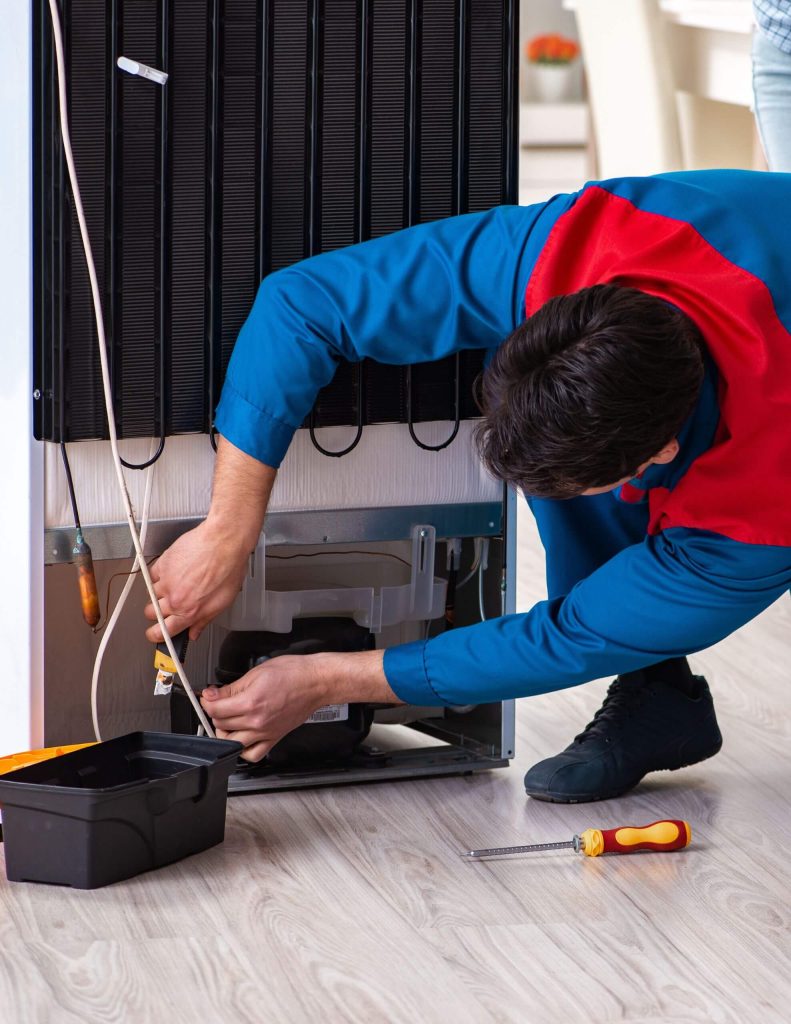What are the New Trends in Home Warranties that every homeowner should be aware of in 2025? In recent years, the home warranty industry has evolved beyond the traditional model of simply repairing or replacing broken appliances and home systems. Today, providers are introducing highly customizable coverage options, allowing homeowners to select specific plans for major systems, appliances, smart home technology, or even energy-efficient upgrades.
The rise in climate-related challenges such as extreme heat, heavy storms, and wildfires has led to expanded disaster-readiness coverage, ensuring homes are better protected against unpredictable events. Technology is also transforming the customer experience with AI-driven claims processing, mobile app tracking, and predictive maintenance alerts that help prevent issues before they become costly repairs.
For remote workers and small business owners, some warranties now include coverage for home office equipment and critical systems that keep daily operations running smoothly. By understanding these new trends, homeowners can make informed decisions, choose plans that align with their lifestyle, and gain a more comprehensive layer of protection for their investment.
The global home warranty service market was valued at USD 3.89 billion in 2024 and is projected to grow to USD 7.70 billion by 2030, registering a compound annual growth rate (CAGR) of 11.89% over the forecast period.

Shift Toward Customizable Coverage
A major development in the new trends in home warranties for 2025 is the shift toward customizable coverage that puts homeowners in control, a change that has accelerated after the COVID pandemic. As more people began spending extended time at home and relying heavily on appliances, heating and cooling systems, and home technology, the need for personalized protection became clear.
Instead of being tied to fixed packages, many providers now let customers build their own plans by selecting the exact systems and appliances they want to protect. This means you can focus your warranty on high-cost essentials like HVAC systems, refrigerators, or water heaters, while skipping coverage for items that are newer or already under manufacturer warranties.
Add-ons are also becoming more common, allowing homeowners to include smart home technology, solar equipment, or eco-friendly upgrades in their coverage. This flexible approach not only helps manage costs but also ensures that protection is tailored to your home’s unique needs, making home warranties more practical and relevant than ever.
Climate & Disaster Readiness Add-ons
In recent years, more warranty providers have begun offering climate and disaster readiness add-ons to address the growing risks posed by extreme weather. These optional upgrades can cover damage from events such as heavy storms, flooding, wildfires, and extreme heat, which are becoming more frequent in many regions. Some plans also incentivize preventive measures, like installing water leak sensors, surge protectors, or fire-resistant materials, by offering discounted premiums or extended coverage.
For homeowners in high-risk areas, these add-ons provide an extra layer of security beyond traditional repair protection, ensuring that essential systems and appliances are safeguarded even in challenging conditions. This added flexibility allows coverage to be tailored not just to the home’s features, but also to its specific environmental risks.
Faster Digital Claims Processing
One of the most significant improvements emerging in 2025 is the transformation of claims handling through faster digital processing. Instead of spending time on lengthy phone calls or waiting days for responses, homeowners can now submit detailed claims directly through user-friendly mobile apps or secure online portals.
These platforms often allow you to upload photos, videos, and a written description of the issue, which helps warranty providers quickly assess the situation. Advanced AI tools are then used to cross-check your plan’s coverage, verify claim eligibility, and provide an initial decision often within just a few hours. Once approved, the system automatically assigns a qualified technician from the provider’s network, sends you real-time updates on arrival times, and even allows you to reschedule or communicate with the service professional directly through the app.
Some providers also integrate predictive maintenance alerts, using smart home device data to detect potential failures before they happen, helping to prevent future claims altogether. This highly streamlined process not only shortens repair timelines but also makes the entire experience more transparent, efficient, and stress-free for the homeowner.
Subscription-Based & Pay-As-You-Go Models
This on-demand approach has opened the door for people who previously found annual contracts too costly or unnecessary, especially those who own seasonal homes, live in a property for only part of the year, or rent and want protection without a long-term commitment. With these flexible models, customers can activate coverage during high-use periods such as the summer months for air conditioning systems or the winter season for heating and pause or scale back when demand is lower.
In addition, many providers are offering tiered subscription levels, allowing customers to maintain a basic, low-cost plan year-round and temporarily upgrade to premium coverage when more comprehensive protection is required. This adaptability not only makes home warranties more financially accessible to a wider range of households but also enables customers to align their spending with their lifestyle, changing priorities, and seasonal needs, ensuring they pay only for the coverage they truly value.

Expanded Coverage for Home-Based Businesses
An increasing number of warranty providers are expanding their plans to accommodate the needs of home-based businesses, a change driven by the rapid growth of remote work and small-scale entrepreneurship. These updated offerings often include coverage for essential office equipment such as computers, printers, and networking hardware, as well as support systems like backup power supplies or surge protection devices.
Some plans also extend to specialized tools or machinery used for craft production, consulting, or creative services, recognizing that downtime can directly impact income. In addition, service response times for business-related claims are often prioritized to minimize disruptions, with options for same-day or next-day repairs. This tailored protection gives home-based professionals the confidence that their critical equipment and systems will remain operational, allowing them to focus on productivity and client work without the constant worry of unexpected repair costs.
Conclusion
In 2025, it’s clear that home warranties are moving far beyond the traditional one-size-fits-all approach, evolving into a service that reflects the way people live, work, and protect their homes today. From flexible, customizable plans that allow homeowners to cover exactly what they need, to add-ons that safeguard against climate-related risks, the industry is embracing a more personalized and proactive mindset.
The integration of faster, AI-driven claims processing and subscription-based payment models is making coverage more accessible, convenient, and budget-friendly. At the same time, specialized protection for home-based businesses ensures that both living spaces and workspaces are supported under one plan.
Together, these advancements are reshaping what it means to safeguard a home, offering smarter solutions that align with modern lifestyles, technological advancements, and the growing demand for flexibility and transparency. These shifts highlight broader Trends in Home Warranties, where innovation is redefining how homeowners approach protection.
0 Comments